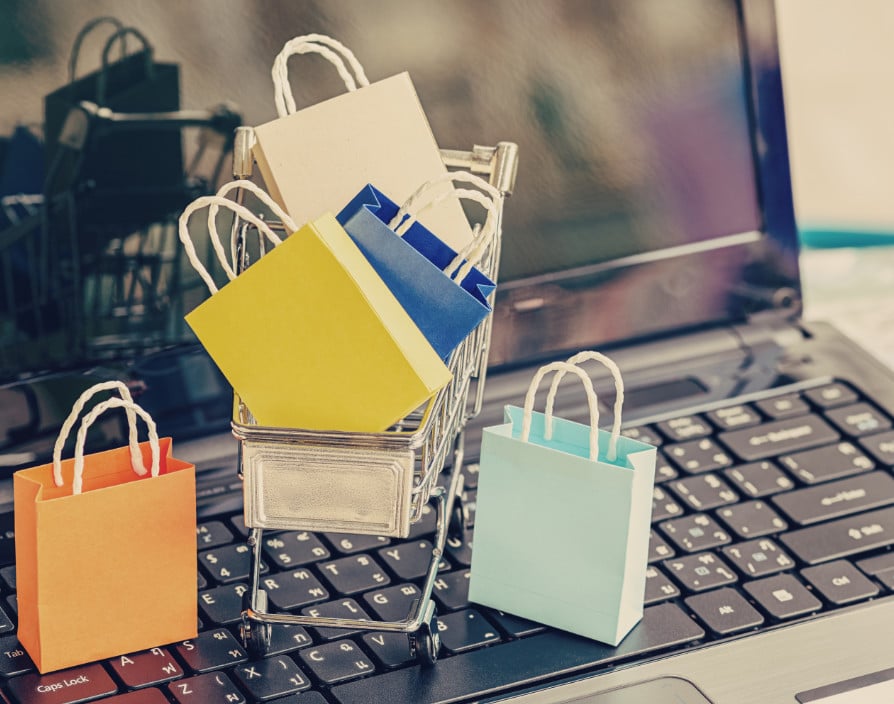With the growth of ecommerce and mobile technology, shopping habits had been changing dramatically. Add coronavirus and lockdowns, and retailers need to ask themselves if anything will ever be the same again? And, if not, how can they adapt to stay relevant?
Here are the top three changes to consumer shopping habits over the past five years, how the coronavirus pandemic affects the trend, and what the future may hold for retailers…
Shoppers are more comfortable than ever to share data
Five or ten years ago, people were very wary of sharing personal information, especially online. While we are still in the relatively early years of ecommerce, there are now lots of rules and restrictions around how companies can use data. Plus, the public has also become more informed on how data is used and amalgamated by computers, making them more inclined to share.
As a result, people care less and less about privacy and more about personalisation. And the more data online retailers collect, the more personalised the products and recommendations, and the more data customers are willing to share. The more data are shared, the greater the trust around how that data is being used. It is creating a virtuous data cycle of customers sharing information and enjoying the benefits.
This trend has been accelerated by the coronavirus, with shoppers having to share more information in order to buy products online since they can’t go out to the shops.
In the future, I expect we will see the emergence of data persona management services. Customers will set up a profile with a trusted management service who will then share relevant information with selected retailers, allowing for instant personalisation of products and services on any website.
To adapt to this shopping habit, retailers should be looking for ways to add value for their customers through data. If you can demonstrate the value to your customers, they will be far more inclined to share data. Even bricks-and-mortar stores can start collecting data at key touchpoints to help get to know their customers and provide a much more personal shopping experience.
Consumers buy products, not brands
A few hundred years ago, there were fewer consumer protections, so shoppers needed to trust individual brands to make good products. Fast forward to the 1800s and a Parisian retailer named Aristede Bouciaut (1810-1877) was credited with developing the first department store ‘ called Le Bon Marche. Now, suddenly, products from different brands could be compared side-by-side.
Over a hundred years later, a similar revolution has happened in the digital space. Amazon is a trusted brand in its own right as well as being the world’s biggest marketplace. Thousands of products can be compared, sorted by price, and reviewed by real customers. Unfortunately, this also means that local businesses now need to compete on price with a company based in China, for example.
Fortunately, this trend has been shifting more towards local shopping over the past five years or so. Google near me searches have grown by 500% year-on-year, demonstrating the appetite for more local shopping. And it makes sense – local shops mean you can try products, touch and feel them, and then buy them the same day.
Products stocked only in local stores also provide an element of ‘uniqueness’. Anyone, anywhere in the world, can own almost any online product. But local products are only available locally. Local retailers can also be more adaptable and resilient than big brands, helping them to weather crises.
I see this trend continuing, with local bricks-and-mortar businesses using online marketplaces, like DownYourHighStreet, to advertise and personalise products and services, with some customers going in-store to complete their purchase.
By connecting online and in-store, brands can collect data, personalise product recommendations, and allow comparisons and reviews. Customers get the best of online search to find unique products with the benefit of being able to see and feel the product before buying.
Consumers are more comfortable than ever with ecommerce
It’s probably clear by now that the main trend is towards online, even where this connects to in-store purchases. And many brands have embraced this omnichannel approach, connecting various customer touchpoints to create an integrated brand experience.
Unfortunately, some brands and retailers have taken far too long to create a good omnichannel approach, leaving shoppers unengaged. With brand loyalty being as fickle as it is, customers have drifted away to other brands who can deliver on their needs.
Spending is actually up at the moment, so it’s not about customers being more cautious, it’s just that the spend is happening almost exclusively online.
Local retailers need to adapt, providing an online presence and delivery options. The cost of logistics has dropped dramatically over the past few years and there is now a plethora of click-and-collect options, so there is really no excuse. And it is cheaper than ever to establish a web presence, whether an ecommerce site, marketplace or simply via Amazon.
While, ultimately, I think we will see a resurgence of local in-store shopping, especially once the pandemic is over, it seems inevitable that the distinctions between online and in-store are quickly becoming irrelevant.
All retailers, whether exclusively online or in-store, need to adapt so that they are offering customers a well-rounded shopping experience that fulfills their needs. This will likely involve a mix of in-store and online, capitalising on the benefits of search and personalisation while still offering unique products that contribute to the local economy.
“
Share via:








































